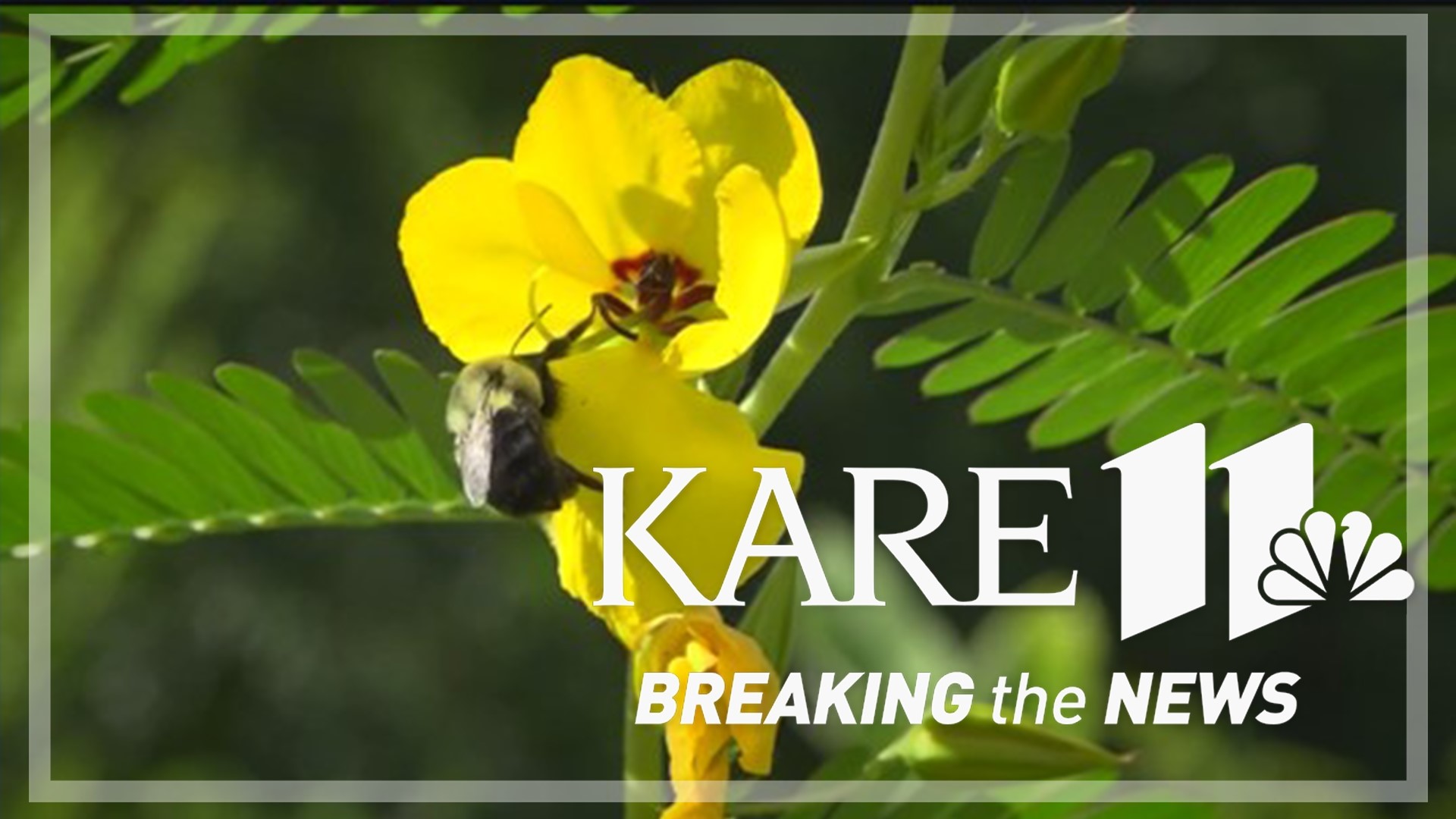ST PAUL, Minn. — The snow is gone and that yard is calling your name - or maybe not.
The popular idea called No Mow May appeals to folks trying to do what's best for our planet by doing nothing at all.
"The premise behind No Mow May is can we provide a more suitable habitat for pollinators by not mowing in the month of May," said the University of Minnesota Extension Turfgrass Educator Jon Trappe. "But there’s still some questions about whether there actually is benefit."
Trappe says No Mow May took off in 2020. The idea was once backed up by research out of a Wisconsin university that found not mowing promotes flowers for pollinators early in the season.
Except Trappe says now that data is now being retracted.
"We don't know for sure if there's any benefit from not mowing in the month of May for pollinators, but we do know there could be some negative aspects, at least for our lawn," said Trappe.
To understand why, it's important to know grass grows excessively twice a year, including at the start of summer. Its trimmings provide nutrients to withstand drought and rising temperatures. Cutting it come June, and composting the long clippings elsewhere, can stress your yard even more.
"We always recommend recycling or returning the clippings and so if you are having to mow off 12 or 18 inches of lawn, that's going to be too much at once for the lawn and the soil to be able to break down over time," said Trappe.
He says No Mow May grew in popularity because people have come to appreciate how important pollinators are to us as a society, but also for our crops and landscape.
Besides bees, birds and butterflies are pollinators that keep most of the world's crop plants alive that require pollination by animals.
Trappe says he fully supports promoting pollinators, he just thinks it's worth looking at other things to do besides just not mowing.
And that includes something called a "bee lawn" that Tappe and the U of M have been working to develop for the last decade. The team has created new bee lawn seed mixes that can tolerate everything from mowing to children playing - while also making an ideal space for pollinators.
Once you have an idea of what plants you want to use, the best time to establish them is either in the spring or late fall. Tappe says your bee lawn will become less work over time but with more insect wildlife enjoyment.
Watch more Breaking The News:
Watch all of the latest stories from Breaking The News in our YouTube playlist:

